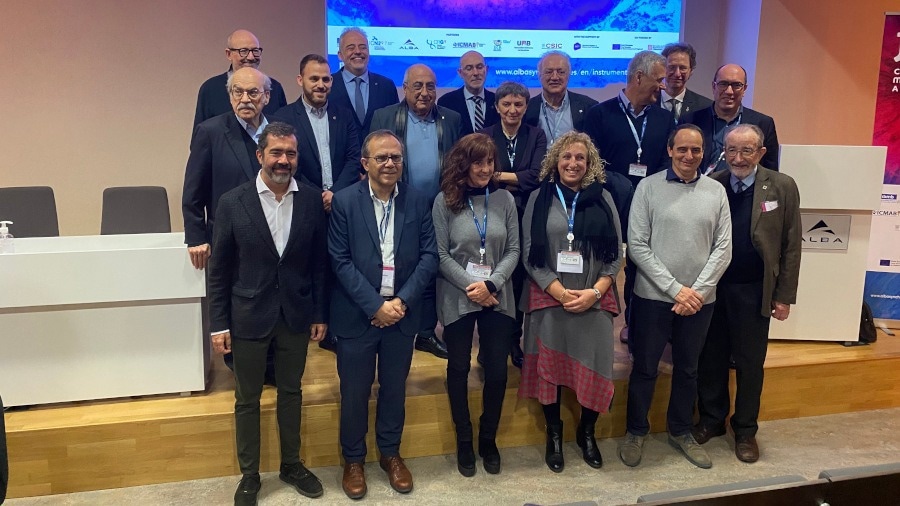Reviewed by Danielle Ellis, B.Sc.Feb 27 2023
The Joint Electron Microscopy Center at ALBA (JEMCA) was established through the collaboration of various research agencies to open a new center within the ALBA Synchrotron building that provides electron microscope assistance to the scientific community.

Image Credit: Universitat Autònoma de Barcelona
Eight distinct partners will be using this center: the Institute for Molecular Biology of Barcelona (IBMB-CSIC), the Catalan Institute for Nanoscience and Nanotechnology (ICN2), the Institute for Biomedical Research (IRB Barcelona), the Centre for Genome Regulation (CRG), the Institute for Materials Science of Barcelona (ICMAB-CSIC), the Spanish National Research Council (CSIC), the Universitat Autònoma de Barcelona (UAB), and the ALBA Synchrotron.
The Barcelona Institute of Science and Technology (BIST) provided critical support during the project definition phase.
This is Spain’s only facility that allows functioning with devices that complement the synchrotron light source to gain more information in the fields of structural biology and materials science.
The center houses two microscopes at present: the Cryo-TEM, organized by the Institute for Molecular Biology of Barcelona (IBMB-CSIC), and the METCAM, organized by the Catalan Institute for Nanoscience and Nanotechnology (ICN2).
The Cryo-TEM microscope is critical for quickly and accurately resolving protein structures that cannot be examined using other techniques. This microscope is already being used in experiments with high social returns. For instance, IBMB-CSIC scientists Núria Verdaguer and Pablo Guerra, along with IRB Barcelona scientists Manuel Palacín and David Aparicio and the spin-off Ona Therapeutics, are investigating a protein involved in metastatic lung cancer and also the protein’s complex with an antibody of interest for a therapy that targets metastases. The Cryo-TEM is only the second of its kind in Spain, and it represents a significant advancement for the user community in this field.
The METCAM microscope, which is presently being installed, is the only one in Spain. It will be employed to analyze various materials. Its exceptionally high spatial resolution is less than 0.5 angstroms (one angstrom is ten million times smaller than one millimeter), allowing it to view individual atoms.
It should also be noted that this equipment will allow for the correlation of data obtained from synchrotron light techniques carried out in the same area. This makes it easier to approach problems like hydrogen production, CO2 reduction, and the development of quantum materials from various angles.
For instance, Jordi Arbiol’s group at ICN2 is working on many projects to develop scalable quantum bits for quantum computing from hybrid nanostructured materials, one of which is in partnership with Microsoft.
In addition to the two microscopes, the center has a focused ion beam (FIB) instrument fitted at the ICN2 to prepare samples in very thin films and monitor them at METCAM. In April, the METCAM will host its first experiments.
The entire scientific community can use these new microscopes. Academic access is provided on a competitive basis, as is the rest of the ALBA Synchrotron’s equipment. Members of the project have a time slot reserved for them.
The total cost of the microscopes is 5.8 million euros. The European Regional Development Fund (ERDF), with the support of the Government of Catalonia’s Ministry for Research and Universities, financed 50% of this amount through aid for the implementation of cooperative projects for the creation, construction, acquisition, and improvement of shared scientific and technological equipment and platforms, within the framework of the ERDF Operational Programme for Catalonia 2014–2020.
The JEMCA thus broadens Catalonia’s research capacity, which will be reinforced by the electron microscope co-funded by the same ERDF program and presently installed at the University of Barcelona. Moreover, through the ICN2, JEMCA forms part of the European Distributed Research Infrastructure for Advanced Electron Microscopy (e-DREAM).